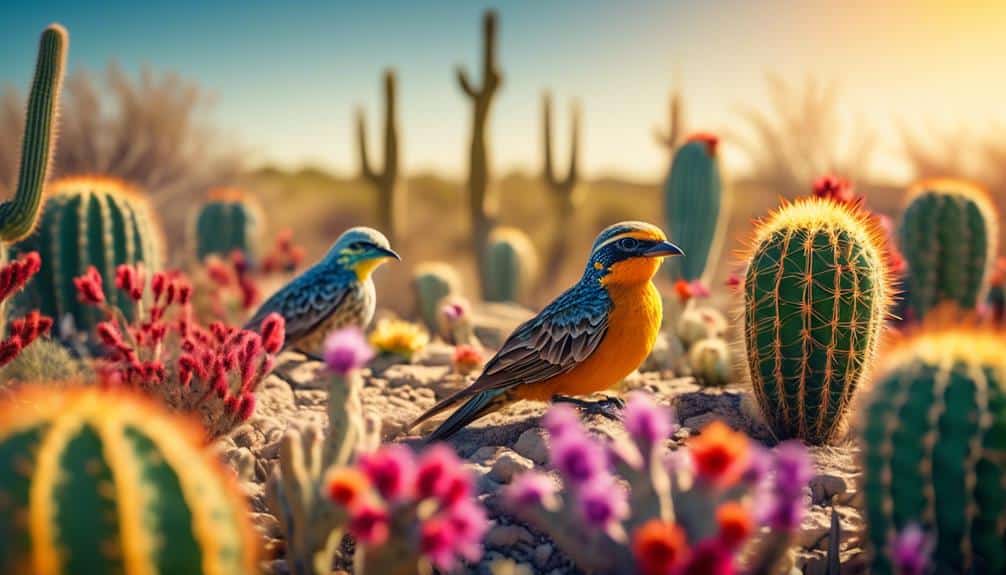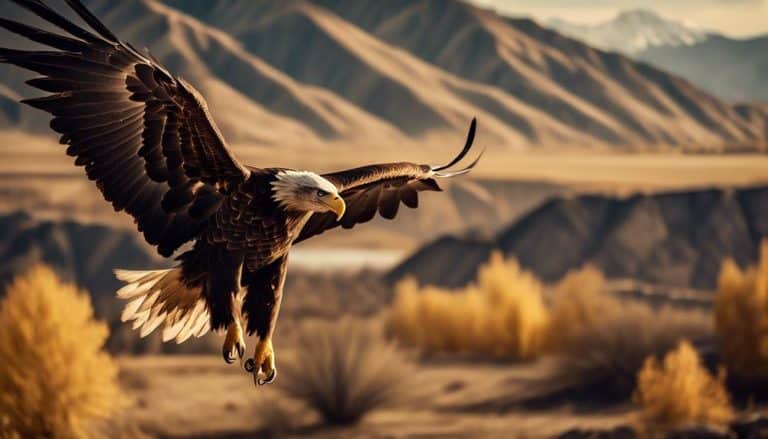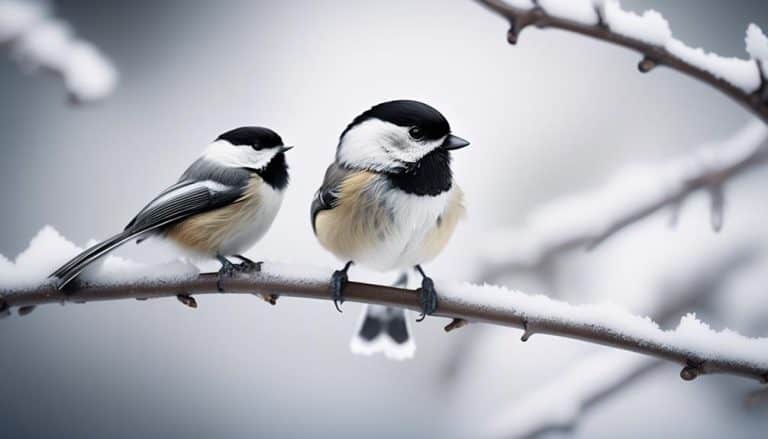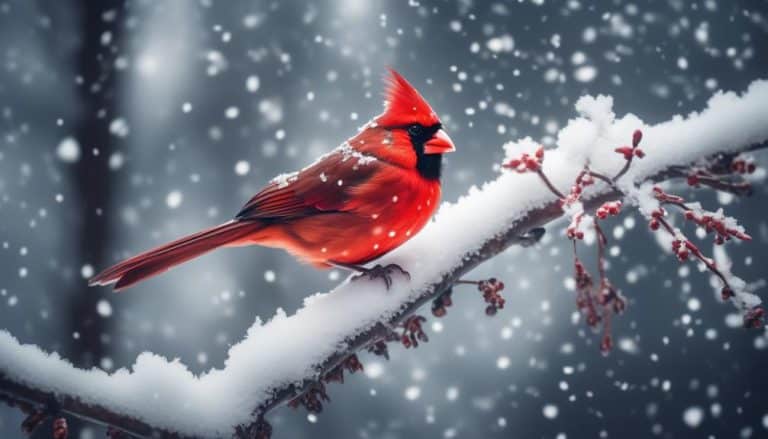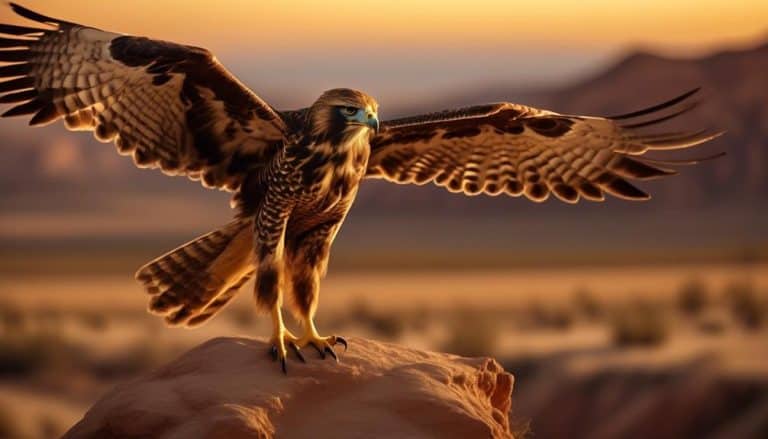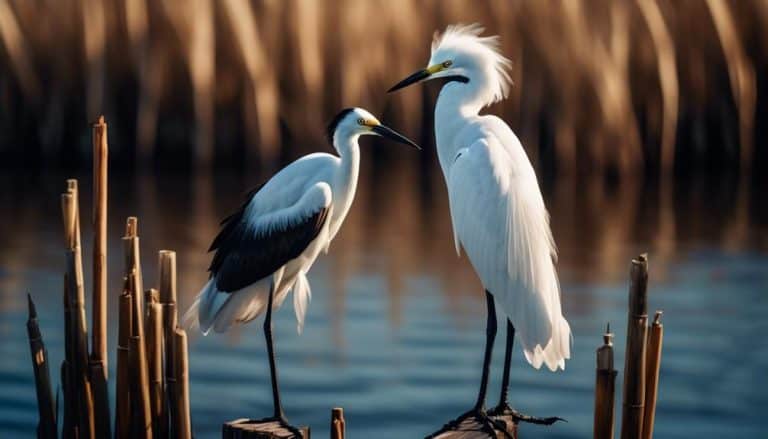When it comes to small birds in Texas, the diversity is astounding. From the vibrant colors of the painted bunting to the melodious songs of the mockingbird, these tiny creatures add a touch of beauty and charm to our surroundings. But there is more to these small birds than meets the eye. They possess unique behaviors and inhabit a variety of habitats across the Lone Star State.
In this discussion, we will explore the fascinating world of small birds in Texas, their conservation efforts, and even share some tips on how to observe them in their natural habitat.
So, let's dive into this captivating topic and uncover the secrets of these remarkable creatures.
Diversity of Small Birds in Texas
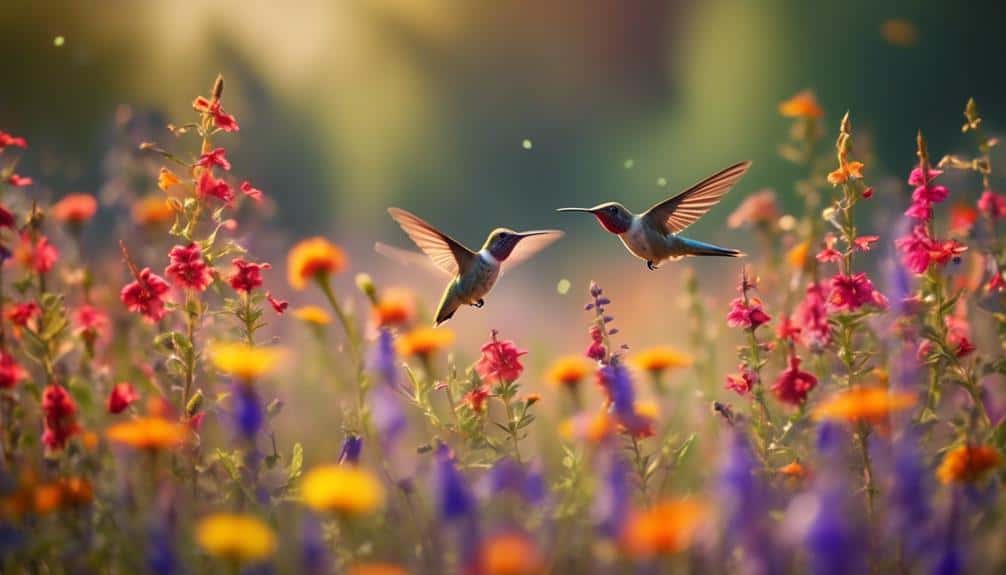
When studying the diversity of small birds in Texas, it becomes evident that a multitude of species thrives within the state's diverse ecosystems. One key aspect of this diversity is the migratory patterns exhibited by these birds. Texas serves as a crucial stopover for many migratory species, providing them with essential resources for their long journeys. The state's strategic location along major flyways attracts a wide range of small birds, including warblers, thrushes, and sparrows.
Migratory patterns vary among species, with some traveling thousands of miles each year, while others make shorter, more localized movements. These patterns are influenced by factors such as food availability, breeding grounds, and climate changes. For instance, the colorful painted bunting, known for its vibrant plumage, undertakes an impressive journey from Central America to breed in Texas during the summer months.
Another intriguing aspect of the diversity of small birds in Texas is their feeding habits. These birds display a remarkable range of dietary preferences, allowing them to exploit various food sources within their respective habitats. Some species, like the insectivorous warblers, feed primarily on insects, while others, such as the seed-eating sparrows, rely heavily on plant matter. This diversity in feeding habits contributes to the ecological balance within Texas' ecosystems, as different birds play different roles in controlling pest populations and dispersing seeds.
Unique Behaviors of Texas' Small Birds
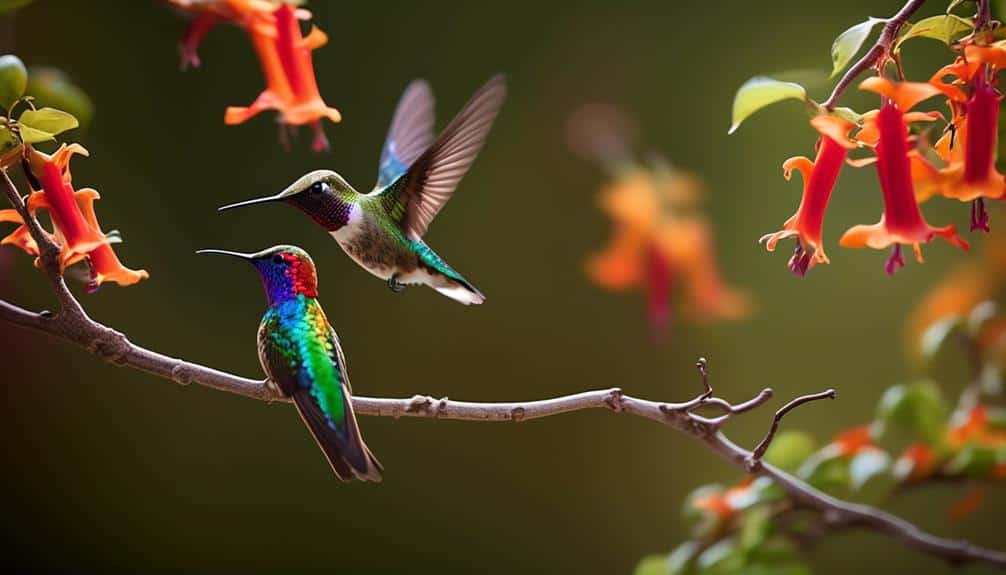
The diverse feeding habits of small birds in Texas contribute to their unique behaviors within the state's ecosystems. These behaviors can be observed by avid birdwatchers in Texas, who have the opportunity to witness the fascinating migration patterns of these small birds.
| Species | Feeding Habits |
|---|---|
| Warblers | Insectivorous |
| Hummingbirds | Nectarivorous |
| Sparrows | Granivorous |
Texas is a renowned destination for birdwatching enthusiasts due to the variety of small bird species found in the state. The unique behaviors of these birds, such as their migration patterns, add to the allure of birdwatching in Texas.
Migration patterns play a crucial role in the behaviors of small birds in Texas. Many species, such as warblers, rely on insect-rich habitats during the breeding season, but migrate to warmer regions during the winter to find food. This behavior allows them to take advantage of different resources throughout the year.
Hummingbirds, on the other hand, have specialized feeding habits. Their long beaks are adapted for sipping nectar from flowers, making them important pollinators in Texas ecosystems. Their unique ability to hover in mid-air while feeding is a captivating behavior to observe.
Sparrows in Texas have granivorous feeding habits, meaning they primarily feed on seeds. Their migration patterns vary depending on the availability of food sources, with some species staying year-round in Texas and others migrating to different regions.
Understanding the unique behaviors and migration patterns of small birds in Texas not only provides insight into their ecological roles but also enhances the birdwatching experience for enthusiasts.
Habitats of Small Birds in Texas
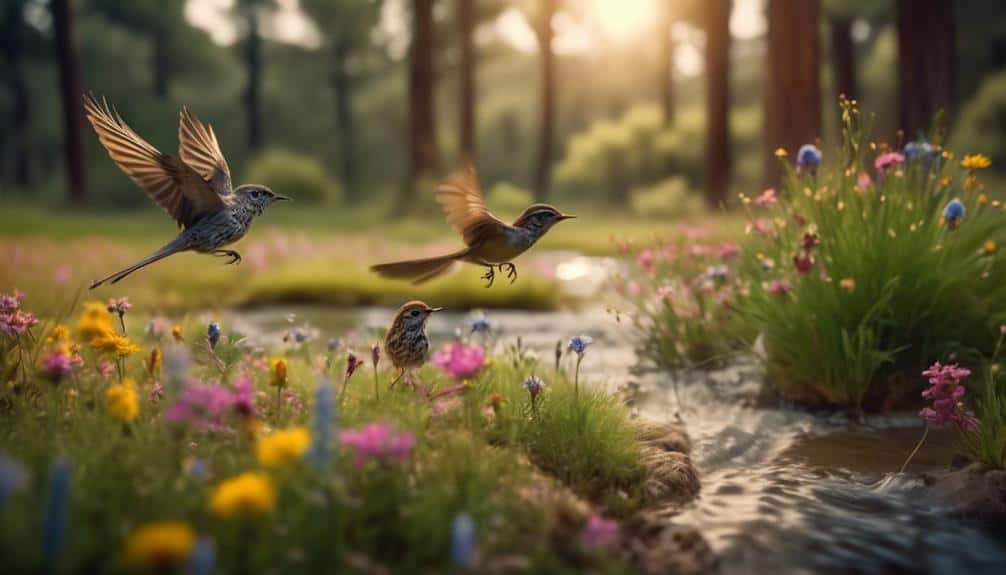
Small birds in Texas inhabit a diverse range of habitats, showcasing their adaptability to various ecological niches. These habitats include forests, grasslands, wetlands, and urban areas.
The nesting habits of small birds vary depending on the species and the habitat they inhabit. Some species, such as the Carolina Chickadee and the Northern Cardinal, build their nests in tree cavities or dense shrubs. Others, like the Eastern Bluebird, prefer open areas and construct their nests in birdhouses or abandoned woodpecker holes.
Migration patterns also play a crucial role in the habitats of small birds in Texas. Many species migrate to Texas during the winter months, taking advantage of the milder climate and abundant food resources. These birds utilize a variety of habitats, including coastal marshes, rivers, and lakes, to rest and refuel before continuing their journey.
Some small birds, such as the Ruby-throated Hummingbird, undertake long-distance migrations, traveling thousands of miles to reach their breeding grounds in Texas during the summer.
Conservation Efforts for Texas' Small Birds
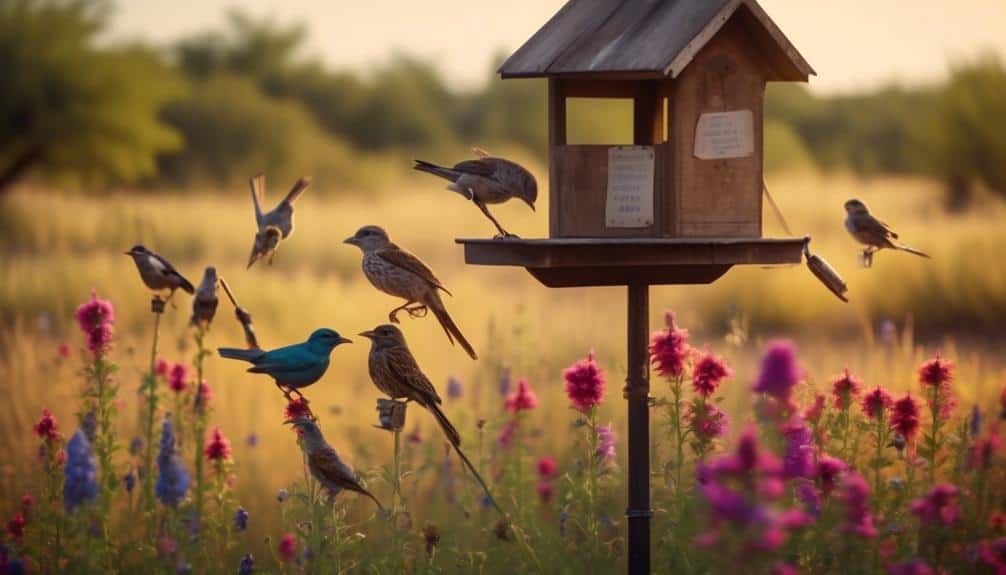
To ensure the preservation of the diverse small bird species in Texas, active conservation efforts are being implemented. Understanding the breeding patterns of these small birds is crucial for their conservation.
In Texas, small birds exhibit a wide range of breeding behaviors. Some species, like the Painted Bunting, are known to be monogamous and establish strong pair bonds during the breeding season. Others, such as the Northern Cardinal, are polygynous, with males mating with multiple females. The timing of breeding also varies among species, with some birds nesting as early as February, while others wait until April or May. These breeding patterns provide valuable insight for conservationists to develop strategies that protect nesting sites and promote successful breeding.
However, various threats pose challenges to the conservation of small birds in Texas. Loss of habitat due to urbanization and agricultural expansion is a significant concern. Fragmentation of habitats can disrupt breeding patterns and limit available resources for these birds. Additionally, climate change poses risks, as altered temperature and precipitation patterns can impact breeding success and food availability. Predation by invasive species, such as feral cats and European Starlings, further exacerbates the threats faced by small birds.
To address these challenges, conservation efforts focus on habitat preservation and restoration, as well as public education on responsible pet ownership to reduce predation. Furthermore, monitoring bird populations and implementing targeted conservation actions based on scientific research are essential for the long-term survival of small bird species in Texas.
Tips for Observing Small Birds in Texas
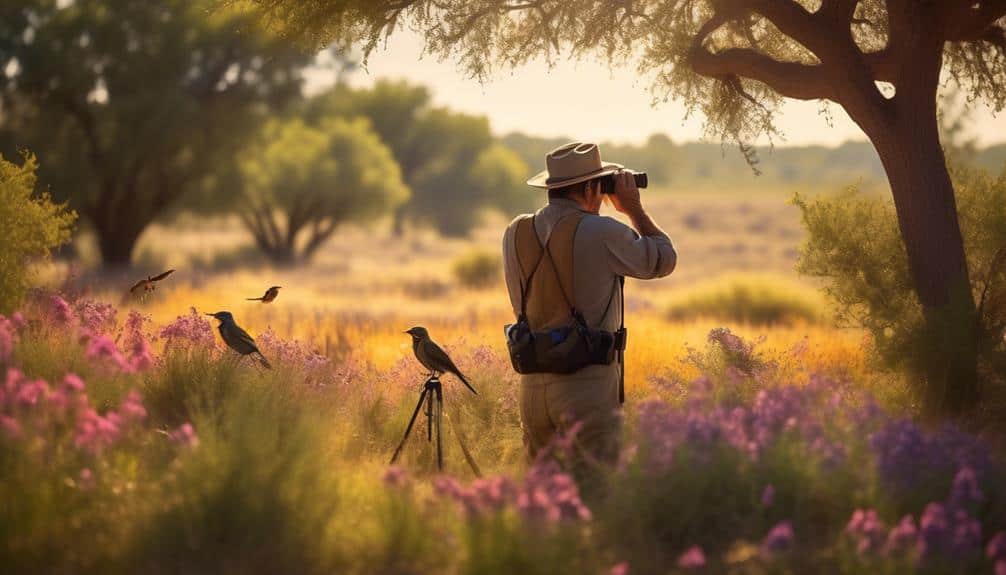
When observing small birds in Texas, it's important to establish a quiet and inconspicuous presence to avoid disturbing their natural behavior. Here are some tips for successful birdwatching techniques and the best birding locations in Texas:
- Use binoculars: Binoculars are essential for getting a closer look at small birds without causing any disturbance. They allow you to observe their intricate plumage and behavior from a safe distance.
- Be patient and still: Small birds are easily startled, so it's important to stay still and patient. Find a comfortable spot and wait quietly for the birds to come to you. Avoid sudden movements or loud noises that could scare them away.
- Learn bird calls: Familiarize yourself with the bird calls of small birds in Texas. This will help you locate them more easily and increase your chances of spotting them.
- Visit birding hotspots: Texas is home to a wide variety of bird species, and there are several well-known birding hotspots across the state. Some popular locations include the Upper Texas Coast, Big Bend National Park, and the Rio Grande Valley.
Frequently Asked Questions
What Is the Average Lifespan of Small Birds in Texas?
The average lifespan of small birds in Texas varies depending on the species. Factors such as nesting habits, diet, and predators play a role in determining how long they live.
How Do Small Birds in Texas Communicate With Each Other?
Small birds in Texas communicate with each other through a variety of bird calls and territorial behavior. These methods allow them to establish boundaries, attract mates, and warn of potential threats in their environment.
What Are the Predators of Small Birds in Texas?
Predators of small birds in Texas include raptors, snakes, and small mammals. Habitat loss due to human activities has also impacted their survival. Understanding these threats is crucial for conservation efforts.
Do Small Birds in Texas Migrate During Certain Seasons?
Yes, small birds in Texas do migrate during certain seasons. Bird migration is a fascinating phenomenon that allows for bird species diversity across different regions. It plays a crucial role in their survival and reproductive success.
Are There Any Specific Threats to the Population of Small Birds in Texas?
There are several specific threats to the population of small birds in Texas. One major concern is the ongoing habitat loss due to urbanization and deforestation, which has led to a significant decline in their numbers.
Conclusion
As I gaze upon the vast skies of Texas, I'm awed by the diversity of small birds that grace this land.
Their vibrant feathers paint a tapestry of beauty, their unique behaviors captivating the observer's eye.
From the dense forests to the arid deserts, these tiny creatures find solace in a variety of habitats.
Yet, their existence is threatened, urging us to step up our conservation efforts.
So let's cherish these delicate beings, and with binoculars in hand, embark on a journey to witness their splendor.

